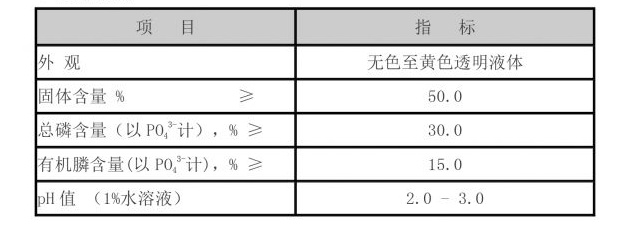Exploring the Applications and Benefits of Polyacrylamide Polymer in Various Industries
Understanding Polyacrylamide Polymer Applications and Benefits
Polyacrylamide is a versatile polymer that has garnered significant attention in various fields due to its unique properties and applications. This water-soluble polymer is derived from the polymerization of acrylamide, a compound recognized for its ability to bind and absorb water, making it an essential ingredient in many industries.
Understanding Polyacrylamide Polymer Applications and Benefits
In the field of medicine, polyacrylamide has found applications in various drug delivery systems. Its hydrophilic nature allows it to encapsulate drugs effectively, releasing them in a controlled manner over time. This controlled release is particularly beneficial for medications that require sustained delivery, ensuring that patients receive an optimal dose without the need for frequent administration. Additionally, polyacrylamide gels are used in tissue engineering and regenerative medicine to create scaffolds that support cell growth and tissue regeneration.
polyacrylamide polymer

Another important application of polyacrylamide is in the environmental sector, particularly for water treatment and remediation. Polyacrylamide can function as a flocculant, aiding in the aggregation of suspended particles in water. This aggregation facilitates the removal of impurities and solids from wastewater, thus improving water quality. Its use in oil recovery processes also showcases its versatility, as it can enhance the extraction of oil from reservoirs by reducing fluid mobility and improving the sweep efficiency of injected water or gas.
Despite its numerous advantages, the use of polyacrylamide raises some environmental concerns, particularly regarding the potential toxicity of unpolymerized acrylamide, which is classified as a neurotoxin. Therefore, the application of polyacrylamide should be carefully managed to ensure that the benefits outweigh the risks. The polymer itself is generally considered safe when fully polymerized, but it is essential to strictly adhere to recommended guidelines during its use and disposal.
In recent years, researchers have been exploring the synthesis of modified versions of polyacrylamide to enhance its properties further. For instance, copolymers of polyacrylamide with other polymers can provide tailored characteristics such as improved biodegradability or enhanced mechanical strength. These advancements promise to expand the application range of polyacrylamide in innovative ways, catering to the growing demand for sustainable and efficient materials.
In conclusion, polyacrylamide is a crucial polymer that plays a vital role across various industries, from agriculture and medicine to environmental remediation. Its unique properties, such as water solubility and gel formation, make it an invaluable resource for enhancing productivity and addressing challenges in modern society. As research continues to unlock new potentials for this polymer, its significance in future applications is likely to grow, paving the way for innovative solutions in an ever-evolving world.
-
Pbtc Scale InhibitorPBTC: A Scale Protector for Industrial Water TreatmentNewsAug.05,2025
-
Organic Phosphonate: An Efficient Defender in the Field of Scale InhibitionNewsAug.05,2025
-
Hydrolyzed Polymaleic Anhydride: Green Pioneer in Scale Inhibition FieldNewsAug.05,2025
-
PAPEMP Polyamino Polyether Methylene Phosphonic Acid For SaleNewsAug.05,2025
-
Flocculant Water Treatment: A Pioneer in Purification in the Field of Water TreatmentNewsAug.05,2025
-
Benzyl Isothiazolinone: An Efficient and Broad-Spectrum Antibacterial Protective GuardNewsAug.05,2025





